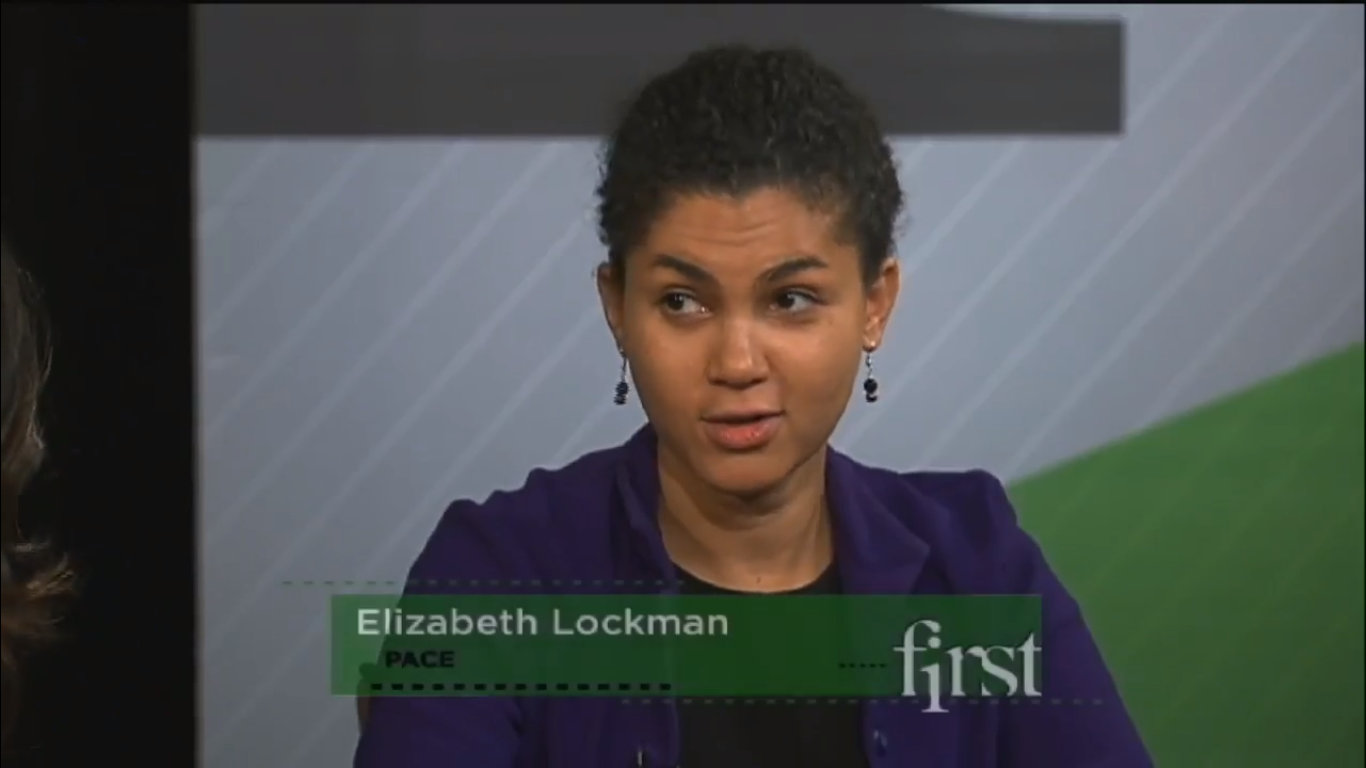Fixing Wilmington’s Schools
August 2015
Mark Nardone – Delaware Today
Today, schools across New Castle County may have been desegregated, but traditional public schools and the charters in Wilmington are segregated again. Race is only part of the equation. The segregation of Wilmington school children is equally economic. The vast majority of students at traditional public schools in the city live in poverty. They live in neighborhoods plagued by high unemployment rates, high rates of violent crime and incarceration, high numbers of households headed by single adults and all the other social ills associated with the inner cities of modern America. Those students go to school tired, hungry and stressed out. They sometimes act out. Many ultimately drop out. And, as a group, they are the lowest academic achievers in the state.
…
The ACLU contends that charters have contributed to segregation. Of the 11,500 children enrolled in Wilmington schools, 75 percent are African-American. In the 2012-13 school year, the four Christina district schools in the city counted only 63 white students among a total of 1,500. Among the 1,500 students in the four inner-city charters, only seven were white.
Clearly the city has returned to a 1974 state of affairs, but with the additional pressures of far more degraded neighborhoods, a condition that resulted in large part, many say, from the loss of neighborhood schools. With children attending schools miles away, they say, those schools lost their preeminence as centers of community.
Over the years, those who could afford to leave the neighborhoods did. The trend desegregated suburban schools organically, but it also helped to leave behind an underclass that needed more than anyone for their children to attend schools near home. Despite the protests of their advocates, the Neighborhood Schools Act passed, with the unintended consequence of concentrating large populations of students in poverty—and the trauma they deal with—in the traditional public schools. When the recession of 2008 hit, that concentration only increased.
For all the policymaking and reform efforts, public education overall didn’t improve, and no one has suffered more than the city’s children. “Those kids have gotten the short end of the stick, no matter what the policies were,” says WEAC member Tizzy Lockman, a former president of the PTA at the city’s Highlands Elementary. “The system has denied the right of those kids to get a good education.”





